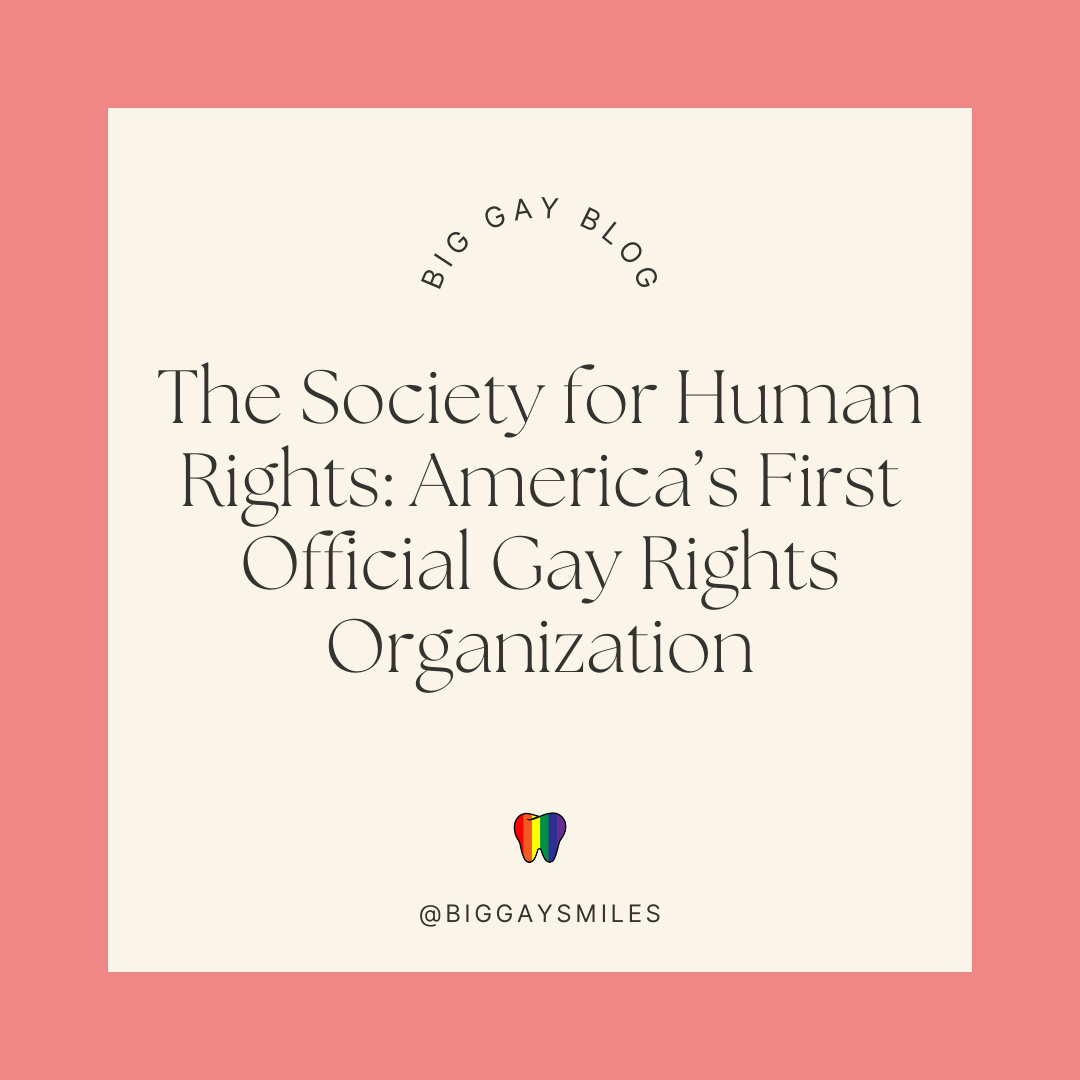The Society for Human Rights: America’s First Official Gay Rights Organization

Picture it: Chicago, 1924. Flapper dresses swish, jazz is hot, and Prohibition’s got everyone drinking in secret. Into this scene steps Henry Gerber, a German immigrant, postal worker, and unapologetic advocate for love between men. Inspired by Germany’s Scientific-Humanitarian Committee and Bund für Menschenrechte (League for Human Rights), Gerber dared to dream up the Society for Human Rights — the first documented gay rights organization in the United States.
And because Gerber wasn’t one for subtlety, he even registered it with the state of Illinois, making it legitimately official. Yes, in 1924. The Society’s mission? To fight for the “protection and advancement” of the rights of homosexuals — a phrase that, at the time, could get you arrested, fired, or both. Members received the group’s publication, Friendship and Freedom, likely the first gay newsletter in America. It featured essays, news, and calls for unity.
The party didn’t last long. Within months, local authorities raided Gerber’s home, seized documents, and arrested him and other members after the wife of the group’s president tipped off police. Charges were eventually dropped, but the Society was dismantled.
Though short-lived, Gerber’s group planted the seed for organized LGBTQ+ activism in America — decades before Stonewall. His willingness to step into the legal spotlight in an era of near-total hostility paved the way for later movements to grow roots. Gerber later served in the U.S. Army and lived to see the 1960s gay rights movement rise, even if his own role wasn’t widely acknowledged until much later.
Our ability to celebrate openly today — and to donate 10% of proceeds to HIV research without fear of a midnight raid — owes much to folks like Henry who stood up before it was safe.
